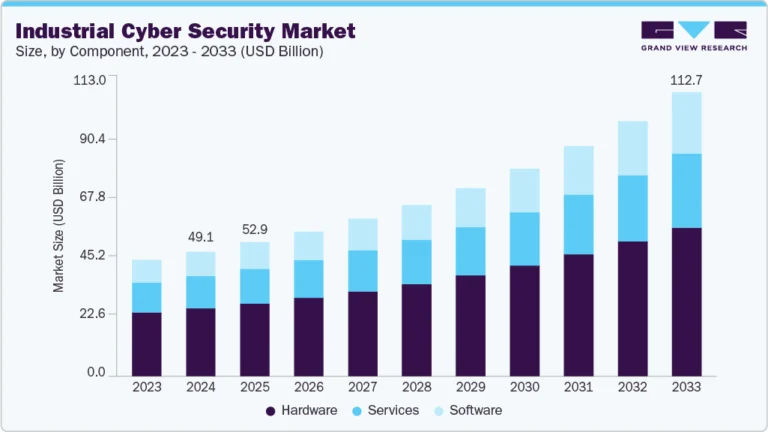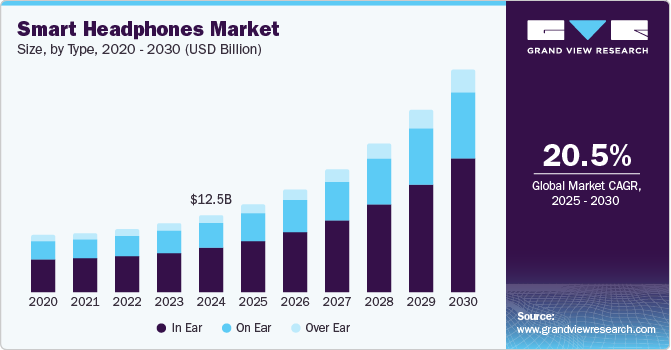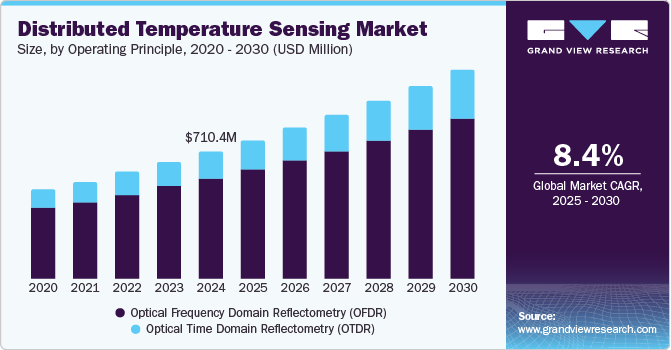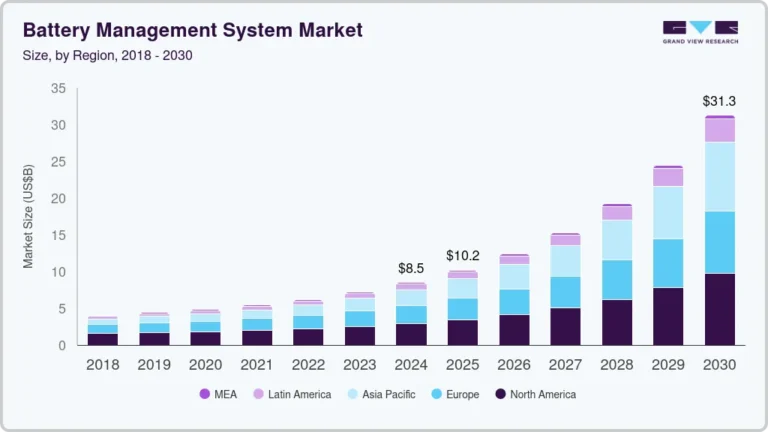Malic Acid Market Size, Share & Trends Analysis growing at a CAGR of 5.2% from 2025 to 2030

The global malic acid market size was estimated at USD 239.3 million in 2024 and is projected to reach USD 324.7 million by 2030, growing at a CAGR of 5.2% from 2025 to 2030.The increasing demand for malic acid in the food and beverage industry, particularly for its flavor-enhancing properties, is expected to drive growth for this market.
Key Market Trends & Insights
- The Asia Pacific malic acid market held the largest share of global industry and accounted for 43.2% in 2024.
- China held the largest share of the Asia Pacific malic acid industry in 2024.
- By product, L-malic acid dominated the malic acid industry and accounted for a revenue share of 53.5% in 2024.
- By end-use, the food & beverage segment dominated the malic acid market in 2024.
Market Size & Forecast
- 2024 Market Size: USD 239.3 Million
- 2030 Projected Market Size: USD 324.7 Million
- CAGR (2025-2030): 5.2%
- Asia Pacific: Largest market in 2024
Request a free sample copy or view report summary: https://www.grandviewresearch.com/industry-analysis/malic-acid-market/request/rs1
Malic acid is one of the preferred acidulants and flavoring agents used in food processing, owing to its excellent blending capabilities and ability to enhance the taste profile of various products. Applications of malic acid include beverages, confectionery, bakery items, desserts, and fruit preparations. It is widely used in carbonated soft drinks, fruit juices, and sports drinks as it provides a tart, clean taste. In addition, the changing consumer preferences and inclination among manufacturers toward the use of natural and clean-label ingredients support the adoption of malic acid, especially when derived from natural sources. The rapid expansion of the food and beverage processing industries, particularly in emerging economies such as China, India, Brazil, and Thailand, is anticipated to influence market growth positively. Rising urbanization, increasing disposable incomes, and changing dietary habits in these countries further contribute to the growth of packaged and processed food products, which boosts the need for flavoring agents such as malic acid.






